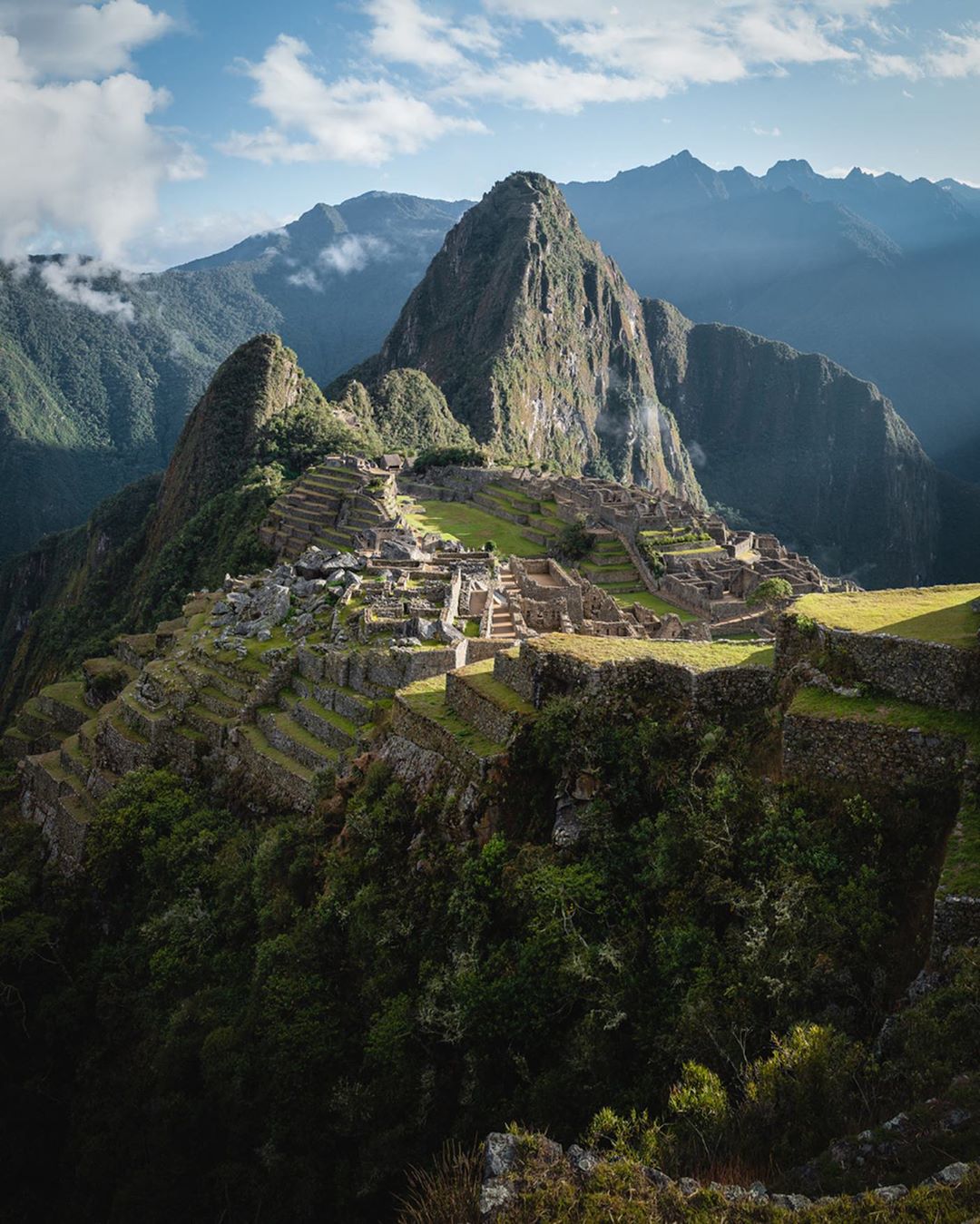
military contribution to Plan Colombia and to President Bush’s Andean Counternarcotics Initiative, they constitute a cordon around Colombia. The FOLs and radar facilities monitor the skies and waters of the region and are key to increased surveillance operations in Washington’s Andean drug war. SouthCom also operates some 17 radar sites, mostly in Peru and Colombia, each typically staffed by about 35 personnel.


Washington signed ten-year agreements with Ecuador, the Netherlands (for Aruba and Curaçao), and El Salvador, and Congress appropriated $116 million in FY2001 for renovation of the air facilities in Ecuador, Aruba, and Curaçao. The Pentagon is also investing in its own new infrastructure in Latin America, with four new military bases in Manta, Ecuador Aruba Curaçao and Comalapa, El Salvador, all known as forward operating locations, or FOLs. The ranges are used both by the Navy and by military contractors to test sophisticated ship and weapons systems. Until 1997, when facilities in Puerto Rico were incorporated into SouthCom, the Vieques bases were part of the Atlantic Command.īesides the land bombing range on Vieques, the Navy also operates an “outer range” of nearly 200,000 square miles, an underwater tracking range for submarines, and an electronic warfare range in waters near the island. military missions in Iraq and Europe as it does with operations in Latin America, since battle groups deploy directly from Puerto Rico to the Mediterranean and the Persian Gulf, where they conduct regular bombing runs. bases in Panama, the function of Navy training in Vieques has as much to do with U.S. Puerto Rico serves as regional headquarters for the Army, Navy, and Special Forces, while SouthCom headquarters itself is located in Miami.īut unlike U.S. “Puerto Rico has replaced Panama for forward basing headquarters in the region,” SouthCom General Peter Pace told Congress in March 2001. military facilities represent tangible commitments to underlying policy priorities, such as ensuring access to strategic resources, especially oil, and to a supply-side drug war that holds foreigners responsible for U.S. This interlocking structure has been in transition. military facilities and functions in the region. Southern Command (SouthCom) calls the “theater architecture” is a complex web of U.S. military presence in the region and has been Washington’s response to a reluctance by regional leaders to host large U.S. The growth of these new, smaller bases constitutes a decentralization of the U.S.

bases and military access agreements in the region. withdrawal from military bases in Panama in December 1999, has given rise to a proliferation of new U.S. military interest and funding for Plan Colombia, occurring in the wake of the U.S. The military’s new “hub” is in Puerto Rico, though the future of Navy training in Vieques is uncertain.Base operations and maintenance increasingly are being outsourced to private contractors.Base closures in Panama gave way to a new array of facilities that surround Colombia.The Pentagon has a new infrastructure in Latin America, with four new military bases.


 0 kommentar(er)
0 kommentar(er)
